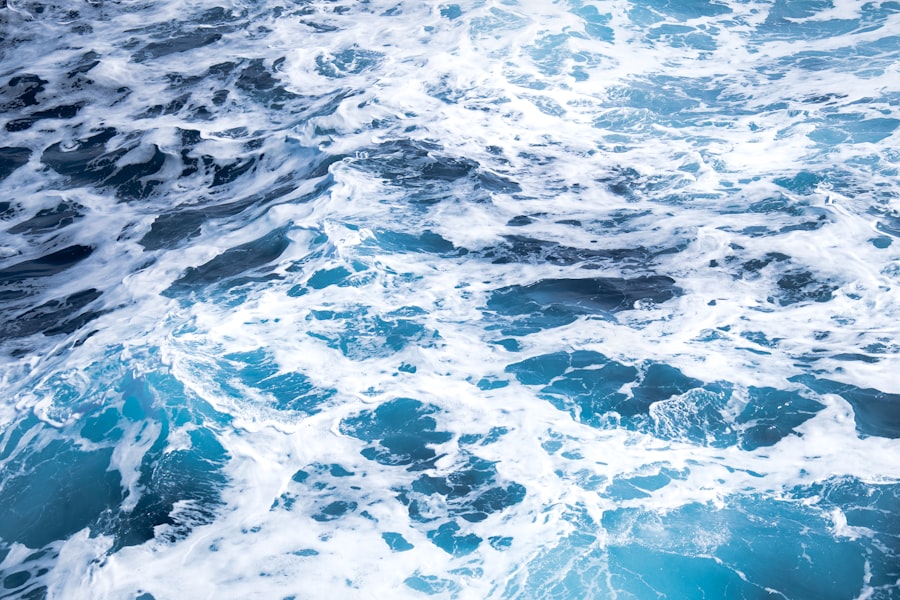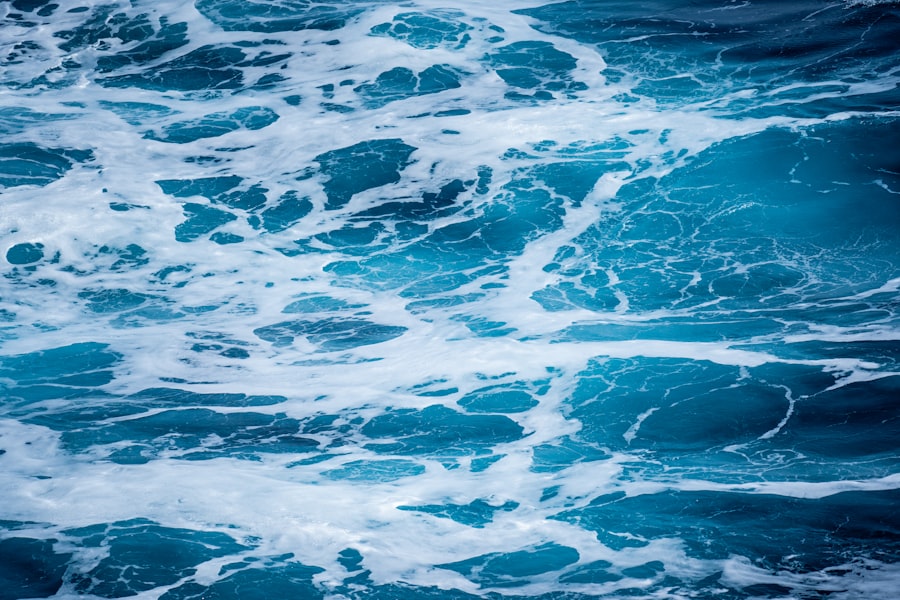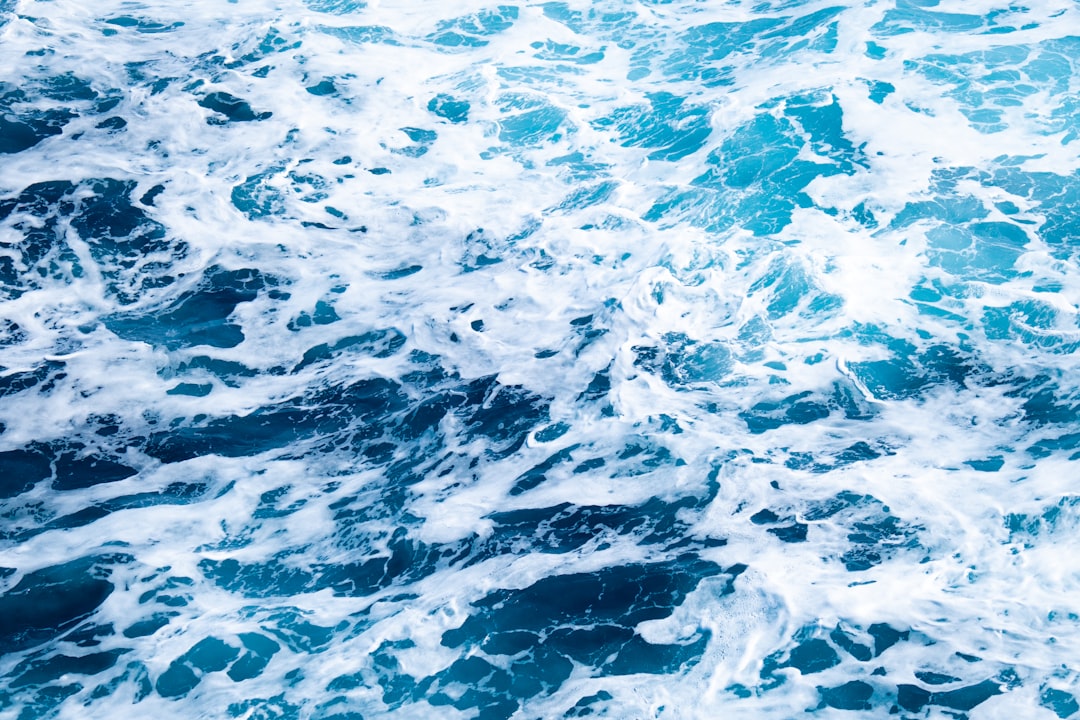The Drake Passage, a body of water that separates South America from Antarctica, is renowned for its tumultuous seas and unique ecological significance. Named after the English explorer Sir Francis Drake, who navigated these waters in the late 16th century, the passage has become a focal point for marine research, exploration, and environmental conservation. Its strategic location not only serves as a critical maritime route but also plays a vital role in global oceanic currents and climate patterns.
The Drake Passage is often characterized by its unpredictable weather and rough seas, making it both a challenge and an attraction for sailors and researchers alike. As one of the most significant maritime corridors in the world, the Drake Passage is more than just a geographical feature; it is a dynamic ecosystem teeming with diverse marine life. The passage is home to various species of whales, seals, and seabirds, all of which rely on its rich waters for sustenance.
Furthermore, the Drake Passage serves as a gateway to the Southern Ocean, influencing global climate systems and oceanic circulation. Understanding the complexities of this passage is essential for appreciating its ecological importance and the challenges it faces in the context of climate change and human activity.
Key Takeaways
- The Drake Passage is a narrow body of water between South America’s Cape Horn and the South Shetland Islands of Antarctica, known for its challenging maritime conditions.
- The Antarctic Circumpolar Current plays a crucial role in the Drake Passage, as it is the only ocean current that flows completely around the Earth and is a major driver of global ocean circulation.
- The Southern Ocean’s frigid waters and unique ecosystem have a significant impact on the Drake Passage, influencing its climate and marine life.
- The strong westerly winds in the Drake Passage are a result of the Earth’s rotation and have a profound effect on the region’s weather patterns and ocean currents.
- Climate change is affecting the Drake Passage, leading to shifts in ocean temperatures, ice melt, and potentially impacting the region’s delicate ecological balance.
Geographic location and characteristics of the Drake Passage
The Drake Passage is situated between the southern tip of South America and the Antarctic Peninsula, spanning approximately 800 kilometers (500 miles) at its widest point. This narrow stretch of water connects the Atlantic and Pacific Oceans, making it a crucial conduit for maritime traffic. The passage is characterized by its deep waters, with depths reaching over 4,000 meters (13,000 feet), and its unique topography, which includes underwater ridges and valleys that contribute to its complex hydrodynamics.
The geographic features of the Drake Passage significantly influence its weather patterns and ocean currents. The region is notorious for its strong winds and turbulent seas, often referred to as the “roaring forties” due to the prevalence of westerly winds that sweep across the Southern Hemisphere. These winds can create formidable waves and unpredictable weather conditions, making navigation through the passage a daunting task for even the most experienced mariners.
The combination of its geographic location and challenging environmental conditions makes the Drake Passage a unique area of study for oceanographers and climatologists.
The role of the Antarctic Circumpolar Current in the Drake Passage

One of the most significant oceanic features associated with the Drake Passage is the Antarctic Circumpolar Current (ACC). This powerful current flows from west to east around Antarctica, effectively encircling the continent and connecting the Atlantic, Pacific, and Indian Oceans. The ACC is driven by strong westerly winds and plays a crucial role in regulating global ocean circulation and climate patterns.
As it flows through the Drake Passage, the ACC influences water temperatures, salinity levels, and nutrient distribution in the surrounding waters. The Antarctic Circumpolar Current also acts as a barrier to warmer waters from the north, helping to maintain the cold temperatures characteristic of the Southern Ocean. This cold-water environment is essential for many marine species that thrive in these frigid conditions.
Additionally, the ACC facilitates the upwelling of nutrient-rich waters from the deep ocean, supporting a diverse array of marine life. The interaction between the ACC and the Drake Passage creates a dynamic ecosystem that is vital for both local wildlife and global ocean health.
Influence of the Southern Ocean on the Drake Passage
| Metrics | Data |
|---|---|
| Sea Surface Temperature | -2°C to 10°C |
| Wind Speed | 20-40 knots |
| Currents | Strong eastward flow |
| Ice Cover | Seasonal, up to 90% |
The Southern Ocean, which encircles Antarctica and includes the waters of the Drake Passage, plays a pivotal role in shaping global climate systems. This ocean is characterized by its cold temperatures and high levels of productivity, driven by nutrient-rich upwelling currents. The Southern Ocean’s unique characteristics contribute to its status as one of the most biologically productive marine environments on Earth.
The waters of the Drake Passage are integral to this productivity, serving as a conduit for nutrient exchange between different oceanic regions. Moreover, the Southern Ocean’s influence extends beyond its immediate vicinity. It acts as a significant carbon sink, absorbing large amounts of carbon dioxide from the atmosphere.
This process helps mitigate climate change by reducing greenhouse gas concentrations. However, changes in temperature and salinity due to climate change are affecting this delicate balance. As the Southern Ocean warms, its ability to absorb carbon may diminish, leading to potential consequences for global climate patterns.
Understanding how the Southern Ocean interacts with the Drake Passage is crucial for predicting future climate scenarios.
Impact of the westerly winds on the Drake Passage
The westerly winds that dominate the Drake Passage are a defining feature of this region’s climate and ocean dynamics. These winds are part of a larger system known as the Roaring Forties, which refers to strong westerly winds found between 40° and 50° latitude in both hemispheres. In the Drake Passage, these winds can reach speeds of over 100 kilometers per hour (62 miles per hour), creating challenging conditions for navigation and significantly impacting ocean currents.
The impact of these winds extends beyond mere weather patterns; they play a crucial role in driving ocean circulation. The westerly winds help propel the Antarctic Circumpolar Current, facilitating its flow around Antarctica and influencing water movement throughout the Southern Ocean. This interaction between wind and current is essential for maintaining the ecological balance within the passage and surrounding waters.
Additionally, these winds contribute to wave formation, which can lead to dangerous conditions for vessels traversing this notorious maritime route.
Relationship between the Drake Passage and climate change

The relationship between the Drake Passage and climate change is complex and multifaceted. As global temperatures rise due to human-induced greenhouse gas emissions, significant changes are occurring within this critical marine environment. One notable effect is the warming of ocean waters in the Southern Ocean, which has been observed over recent decades.
This warming trend poses risks not only to marine ecosystems but also to global climate systems that rely on stable oceanic conditions. Changes in sea ice extent around Antarctica are another consequence of climate change that directly impacts the Drake Passage. The melting of sea ice alters local habitats for various species, including seals and penguins that depend on ice-covered regions for breeding and feeding.
Understanding these dynamics is essential for developing effective conservation strategies aimed at protecting both marine biodiversity and global climate stability.
The Drake Passage as a crucial route for marine wildlife
The Drake Passage serves as an essential habitat for a diverse array of marine wildlife, making it a critical area for biodiversity conservation. Numerous species of whales, including humpback whales, orcas, and blue whales, migrate through these waters in search of food during their seasonal journeys. The nutrient-rich upwelling currents associated with the Antarctic Circumpolar Current provide an abundant food source for these magnificent creatures, supporting their populations in this harsh environment.
In addition to whales, various species of seals and seabirds also thrive in the Drake Passage. Elephant seals and leopard seals can often be spotted resting on ice floes or hunting in these frigid waters. Seabirds such as albatrosses and petrels rely on the rich marine ecosystem for sustenance during their long flights across vast distances.
The presence of such diverse wildlife highlights the ecological significance of the Drake Passage as a vital corridor for marine life that depends on its unique environmental conditions.
Historical significance and exploration of the Drake Passage
The historical significance of the Drake Passage cannot be overstated; it has been a site of exploration and adventure since early European navigators first ventured into these treacherous waters. Sir Francis Drake’s expedition in 1578 marked one of the first recorded passages through this region, paving the way for future explorers seeking new trade routes and territories. Over time, numerous expeditions have traversed these waters, contributing to our understanding of geography, navigation, and marine science.
As shipping technology advanced over centuries, vessels began to navigate these waters more frequently, establishing vital connections between South America and other parts of the world. Today, while modern navigation techniques have made crossing this passage safer than in previous centuries, it remains an area steeped in history and adventure that continues to attract explorers and researchers alike.
The treacherous nature of the Drake Passage for maritime navigation
Navigating through the Drake Passage is often regarded as one of the most challenging maritime endeavors due to its notorious weather conditions and unpredictable seas. Sailors have long shared tales of fierce storms, towering waves, and sudden squalls that can arise without warning in this region. The combination of strong westerly winds and complex ocean currents creates an environment where conditions can change rapidly, posing significant risks to vessels attempting to traverse these waters.
Despite advancements in navigation technology and weather forecasting, crossing the Drake Passage remains a formidable challenge even for experienced mariners. Many ships have encountered difficulties due to rough seas or mechanical failures while navigating this treacherous route. As such, thorough preparation and respect for nature’s power are essential when embarking on journeys through this iconic passage.
Research and scientific studies in the Drake Passage
The Drake Passage has become a focal point for scientific research due to its unique ecological characteristics and significance within global climate systems. Researchers from various disciplines study this region to gain insights into oceanography, marine biology, climatology, and environmental science. Numerous research expeditions have been conducted in these waters to monitor changes in temperature, salinity levels, nutrient distribution, and marine biodiversity.
One area of particular interest is understanding how climate change impacts marine ecosystems within the Drake Passage. Scientists are investigating shifts in species distributions, changes in food web dynamics, and alterations in ocean circulation patterns resulting from warming temperatures. By studying these phenomena in such a critical region, researchers aim to develop predictive models that can inform conservation efforts and policy decisions aimed at protecting both marine life and global climate stability.
Conservation efforts and environmental protection in the Drake Passage
Given its ecological significance and vulnerability to climate change impacts, conservation efforts in the Drake Passage have become increasingly important over recent years. Various organizations are working collaboratively to establish protected areas within this region to safeguard critical habitats for marine wildlife while promoting sustainable practices among fishing industries operating nearby. International agreements such as those established by the Commission for the Conservation of Antarctic Marine Living Resources (CCAMLR) aim to regulate fishing activities within these waters while ensuring that ecosystems remain intact for future generations.
Additionally, ongoing research initiatives focus on monitoring environmental changes within the passage to inform adaptive management strategies that address emerging threats posed by climate change. In conclusion, understanding both historical context alongside contemporary challenges facing this vital maritime corridor underscores its importance not only as a navigational route but also as an ecological treasure trove deserving protection amid ongoing environmental changes worldwide.
The formation of the Drake Passage, a significant oceanic gateway between the Atlantic and Pacific Oceans, has long intrigued geologists and oceanographers. This natural phenomenon is believed to have played a crucial role in the development of the Antarctic Circumpolar Current, which significantly impacts global climate patterns. For a deeper understanding of the geological processes that led to the creation of the Drake Passage, you can explore a related article on the topic by visiting this page. This resource provides insights into the tectonic shifts and environmental changes that contributed to the passage’s formation.
WATCH NOW! Drake Passage: Earth’s Deadliest Waters Revealed
FAQs
What is the Drake Passage?
The Drake Passage is the body of water between the southern tip of South America and the northern tip of the Antarctic Peninsula. It connects the Atlantic and Pacific Oceans.
What caused the formation of the Drake Passage?
The formation of the Drake Passage is primarily attributed to the tectonic movement of the Earth’s crust. Around 30 million years ago, the separation of South America from Antarctica created the Drake Passage.
How did the separation of South America and Antarctica lead to the Drake Passage?
As the tectonic plates shifted, a gap formed between South America and Antarctica, allowing the creation of the Drake Passage. This separation led to the establishment of a continuous circumpolar current around Antarctica, known as the Antarctic Circumpolar Current.
What impact did the Drake Passage have on ocean currents and climate?
The creation of the Drake Passage and the establishment of the Antarctic Circumpolar Current significantly impacted ocean currents and climate patterns. The current acts as a barrier, preventing warmer waters from the north to mix with the colder waters around Antarctica, which has a profound effect on global climate and ocean circulation.
Are there any other factors that contributed to the formation of the Drake Passage?
In addition to tectonic movement, other factors such as glacial erosion and sea level changes may have also played a role in the formation of the Drake Passage. However, the primary cause is attributed to the tectonic separation of South America and Antarctica.
